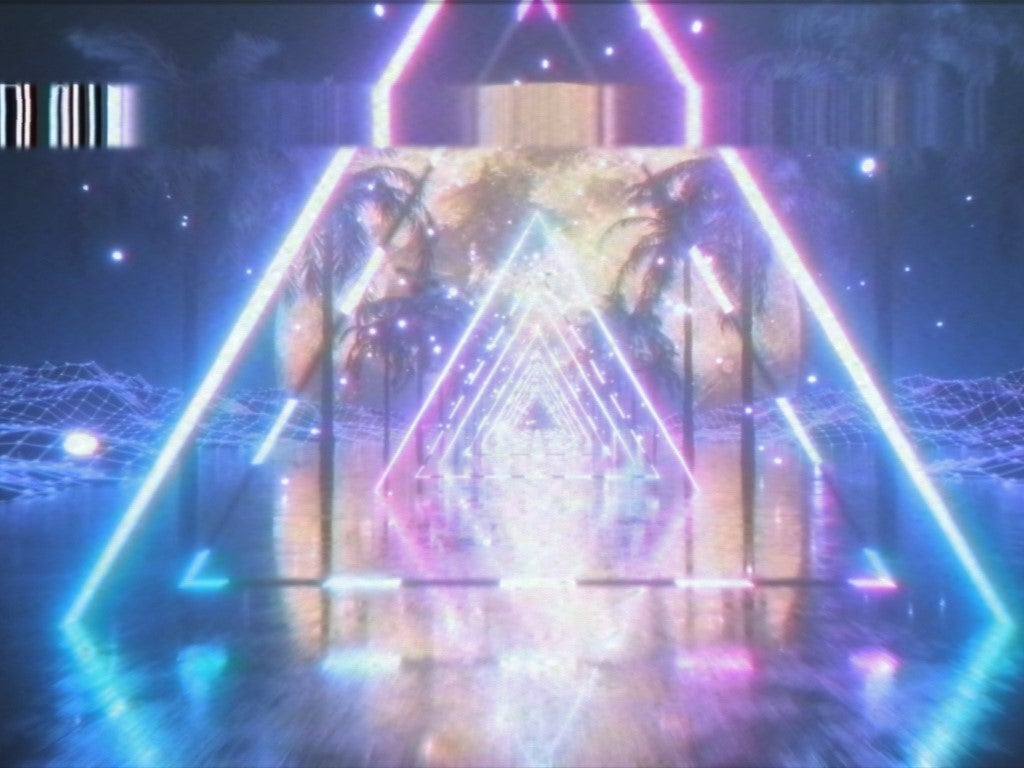ChatGPT successor creates entire video games in minutes
Users of OpenAI’s new model GPT-4 created classic games like Pong and Snake with no coding experience

The highly-anticipated successor to OpenAI’s ChatGPT is already proving to be highly capable at a vast array of tasks, including creating video games just from a description.
OpenAI unveiled GPT-4 on Tuesday, boasting of the AI chatbot’s ability to handle “much more nuanced instructions” than the hugely popular ChatGPT.
Users soon put these claims to the test, with digital designer Ammaar Reshi using the artificial intelligence tool to recreate a version of the classic mobile phone game Snake “in less than 20 minutes”.
After sharing the game online, Mr Reshi wrote: “The potential is so exciting. Anyone can make their own games just by describing them!”
Another user asked the chatbot to “build a pong like game”, with GPT-4 responding with instructions on which coding language to use, together with a script that could be used to create the game.
A similar request for GPT-4 to create a digital version of Connect 4 using the same process was also successful.
Improvements of GPT-4 include the ability to respond to images and process up to 25,000 words – about eight times as much as ChatGPT-3.5.
A demonstration by the company behind the technology showed them drawing a simple website design on a sheet of paper and asking the system to write code to make that website reality.
OpenAI also said that subscribers will be able to build on GPT-4 to give it a unique personality.
It demonstrated this by asking the software to behave like a tutor, teaching the human chat participant how to solve an equation, rather than just telling them the answer straight away.
But the software also has limitations, one of the most serious being what AI developers call “hallucinating”. The system will still confidently make up facts and make reasoning errors, it said.
“Great care should be taken when using language model outputs, particularly in high-stakes contexts, with the exact protocol (such as human review, grounding with additional context, or avoiding high-stakes uses altogether) matching the needs of a specific use-case,” OpenAI said.
The software tends to lack knowledge of what happened after September 2021, as it is largely trained on information which took place before this date. It also does not learn from experience.
Open AI added: “Depending on the traffic patterns we see, we may introduce a new subscription level for higher-volume GPT-4 usage; we also hope at some point to offer some amount of free GPT-4 queries so those without a subscription can try it too.”
The company also announced partnerships with language learning app Duolingo and an application for the visually impaired called Be My Eyes.
“With the new visual input capability of GPT-4, Be My Eyes began developing a GPT-4 powered Virtual Volunteer within the Be My Eyes app that can generate the same level of context and understanding as a human volunteer,” the firm wrote in a blog post announcing the partnership.
“Suddenly, the image someone sends of, say, the contents of their fridge, GPT-4 technology not only recognizes and names what’s in there, but extrapolates and analyses what you can make with those ingredients. You could then ask it for a good recipe.”
Additional reporting from agencies
Subscribe to Independent Premium to bookmark this article
Want to bookmark your favourite articles and stories to read or reference later? Start your Independent Premium subscription today.

Join our commenting forum
Join thought-provoking conversations, follow other Independent readers and see their replies